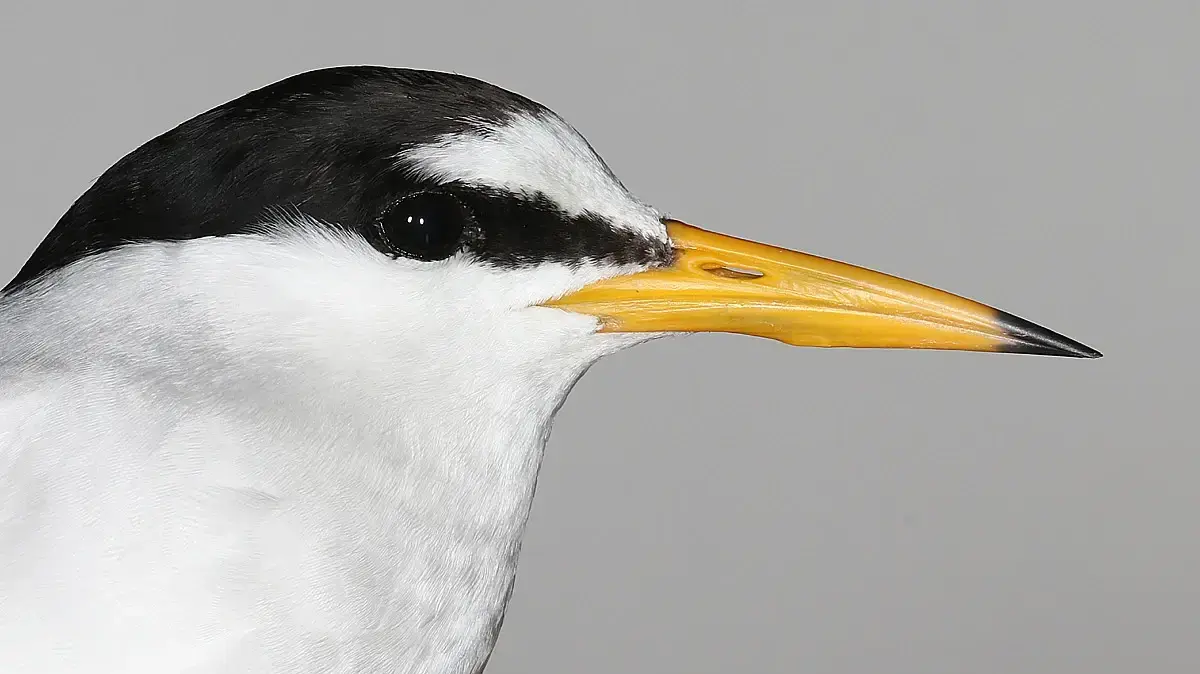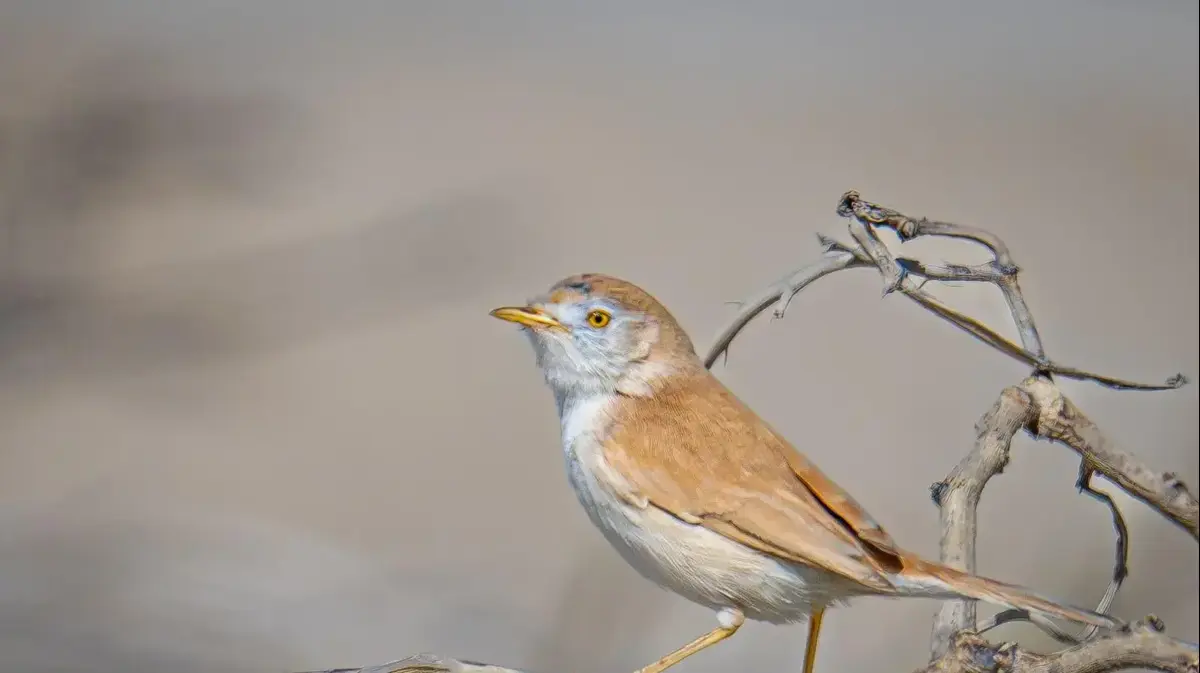45 years ago, the Ammersee was designated as a wetland of international importance in accordance with the Ramsar Convention.
The convention celebrates its 50th anniversary on February 2nd.
This time our series is about the impact on the region.
Stegen -
From his point of view, the “Ramsar area” rating had a positive effect on the Ammersee, says area manager Christian Niederbichler.
“The designation is an expression of the international appreciation that the Ammersee region is shown by experts.
It proves the outstanding position of this wetland for the protection of biological diversity and is definitely an incentive and motivation for volunteer conservationists. "
The Ammersee-West landscape protection area was established as early as 1972.
It covers the entire lake area with silting strips as well as adjacent land areas.
In 1979 the Ammer Delta and the adjoining Raistinger Wiesen were designated as the "Vogelfreistätte Ammersee-Süd" nature reserve, and in 1982 the Ampermoos nature reserve was designated.
In February 1997, with the support of the then Environment Minister Dr.
Thomas Goppel signed a voluntary agreement with the Bavarian Sailing Association and the Bavarian Rowing Association under the heading "Water sports and nature conservation".
It says that there is no rowing or sailing on Starnberger, Ammer- and Chiemsee from the beginning of November to the end of March.
For 20 years, the Ampermoos and Ammersee-Süd nature reserves have also been part of the European Natura-2000 network of protected areas.
Furthermore, some bank sections on the north and north-east bank belong to the FFH area, among other things because of the underwater and bank vegetation there (Schneidriede).
The longtime volunteer bird counter Josef Willy from Schondorf fondly remembers another great success: That was when Niederbichler was hired in 1997 as Bavaria's first full-time Ramsar area supervisor at the state association for bird protection.
"Voluntary conservationists and nature conservation associations fought for a long time for this pilot project," says Willy.
The 83-year-old hobby ornithologist was one of the first bird counters on Lake Ammersee in 1966 and was a member of a committee of voluntary area experts.
“The Ammersee has been part of the international water bird census since 1965.
We have had continuous bird counts over five years with great results.
The numbers were an important basis for the designation as Ramsar area ”.
As a wetland of international importance, the lake was not really recognized until decades later, says Willy.
"That actually only started in 1996, on the 20th anniversary of the Ramsar expulsion."
As before, waterfowl are regularly counted in the winter months, while in spring and summer the inventory and protection of breeding birds, native birds, insects and rare plants such as peatweed are on the agenda.
"In summer I always do a monitoring for this very rare bog orchid, which reacts sensitively to lowering of the water level." Niederbichler would like to have his own funds for such tasks, so that they can be given to biologists.
“This also applies to counts of rare butterflies or dragonflies,” explains the geographer and ornithologist.
He is not entirely satisfied with the implementation of international and national standards for waterfowl hunting on the Ammersee.
Basically, the Ammersee is a "normal hunting ground" that the Free State has leased to hunters who are allowed to hunt waterfowl such as mallards or geese until January 15th - except in quiet hunting areas such as the Ammersee-Süd nature reserve.
"In almost all German Ramsar areas, waterfowl hunting is completely stopped or restricted," emphasizes the area manager.
Around ten years ago, this was also implemented on Lake Ammersee and has since harbored potential for conflict with fishermen and leisure users.
The hunt was previously carried out from the boat.
This signaled to the waterfowl that any boat that crosses the lake in autumn or winter could pose a threat.
This had a devastating disruptive effect on migratory birds in need of rest.
In view of the increasing leisure pressure around the lake, Niederbichler would like a voluntary agreement such as with rowers and sailors for surfers, stand-up paddlers, canoe and kayakers as well as for other water sports enthusiasts who are out on the lake all year round in wetsuits.
"The first discussions with the water sports communities have already taken place, and there are also positive signals," reports Niederbichler.
After all, the flight distance of the water birds, which often rest in large flocks on the lake, is about 400 meters.
"With every sudden start, the animals consume large reserves of energy, which can be deadly."
Niederbichler and Willy can well imagine that the designation of the Ammersee as a Ramsar area could have led to a little more sensitivity in the municipal land-use planning.
For example, no further private recreational properties on the lake have been designated for decades.
In Dießen, an over-planning from the 1970s, which provided for the construction of a large sailing harbor at Röthelmoos, was finally discarded due to a change in the land use plan.
Another thing on the list of successes is the rewetting of the Ampermoos.
During the most recent bird count in winter conditions, it was noticed that the hen harriers make uproar in their otherwise beloved roost in the Ampermoos.
According to Niederbichler, this could be due to the increased number of visitors that can currently be found around the bird observation tower at Kottgeisering.
On the other hand, the observation of a small group of ear-grebes at the Grüberl and a few scupper ducks in front of Schondorf was pleasing during the count.
He was also very happy about some of the reeds that were eagerly feeding seeds in the reeds near Dießen, says Niederbichler.
Ursula Nagl















